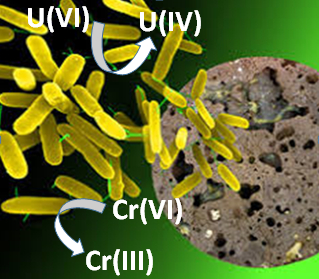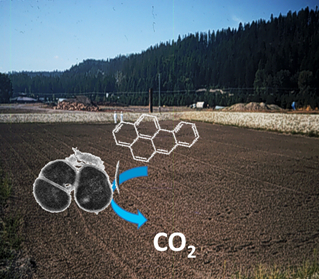Bio-Remediation Solutions
Authentic Solutions
BIO-REMEDIATION
Land, Soil & Spoil
Bio-Remediation
For The Navajo Nation
In This Section:
We provide information about some of the proven & potential Land, Soil & Spoil Bio-Remediation Solutions for reducing or removing contamination and pollutants throughout The Navajo Nation.
These Include:
- Bio-Remediation of Uranium & Other Mining Spoils.
- Land & Soil Bio-Remediation.
- And more…

Flowing River Solutions is a new enterprise, which exists to find & provide a broad range of proven & potential Authentic Solutions that may be used by communities, groups, organizations & individuals all around the world, in order to improve their own lives and the lives of others to help create:
A Better World For All.
The first community with whom we are hoping to work is The Navajo Nation.
BacTech
Proven Solution:
Flowing River Solutions is collaborating with world-renowned Bio-Remediation company, BacTech, which is Revolutionizing Environmental Remediation.
About BacTech:
BacTech are transforming the way we clean up the environment.
With the help of our bugs, we bring meaning to the idea of “green metal” by recovering metals while improving the surrounding environment in the process.
Our Bugs Eat Rocks!
Our technology, bioleaching, uses naturally-occurring bacteria to neutralize toxic mining sites and allows for environmentally-friendly processing in the mining industry.
Bandaid solutions to potential environmental disasters shouldn’t be the norm. We cure the patient:
Bioleaching has the power to return hazardous sites to their natural state rather than just covering up toxic waste.
What does this mean for the public and the planet?
Healthier habitats for living beings!

Dr Hoi-Ying N Holman.

Basalt-dwelling microbes detoxify chromium and uranium oxyanions

Land treatment at a superfund site
Dr Hoi-Ying N Holman
Potential Solution:
Separately from our work with Bac-Tech, Flowing River Solutions is also collaborating with Dr Hoi-Ying N Holman, who is a senior scientist at the Lawrence Berkeley National Laboratory and Director of the Berkeley Synchrotron Infrared Structural Bioimaging (BSISB) imaging program at the Advanced Light Source.
Her primary research emphasis is in microbial ecology and geomicrobiology, especially as they relate to bioremediation of pollutants, biofuel and bioavailability of chemicals to ecological receptors.
She was awarded the 2010 David A. Shirley Award for her pioneering work in using synchrotron infrared to characterize chemical reactions and function in living microorganisms in vivo.
Her novel approach (https://pubs.acs.org/doi/abs/10.1021/ac100991d) enables alternate ways to study the enormous yet untapped natural microbial world and to design new ways to effectively manipulate them for societal and environmental benefits.
Through the BSISB program (https://bsisb.lbl.gov/), she focuses on developing and providing new photon technologies for understanding the fundamental concepts of systems biology and environmental stress response pathways from the molecular to the ecosystem level to improve our knowledge of biogeochemistry, bioenergy, and bioremediation for a sustainable environment and land use.
Playing the title role in the movie Erin Brockovitch, Julia Roberts learned that bad things happen when hexavelent chromium gets into ground water.
This carcinogenic, mutagenic, highly toxic metal forms soluble chromates that can readily cross cell membranes.
Trivalent chromium, on the other hand – its atoms stripped of three electrons instead of six – is much less toxic, because it forms mostly insoluble compounds that can’t enter cells.
Dr Hoi-Ying Holman’s research has shown how hexavalent chromium reduces to trivalent chromium naturally in some geological formations.
“At first, infrared spectromicroscopy showed no evidence of reduction, and it appeared that many of the organisms were dying. But after four months, chromium-tolerant and chromium-reducing microorganisms were seen to be thriving in association with trivalent chromium.
“As far as we know, this is the first time that infrared synchrotron studies have been used to follow the steps in the transformation of toxic chromium on mineral surfaces,”
Dr. Holman says. Moreover:
“We have shown that organic vapor may accelerate the transformation. This should help in the design and implementation of new, environmentally benign remediation techniques for cleaning up mixed waste sites.”
